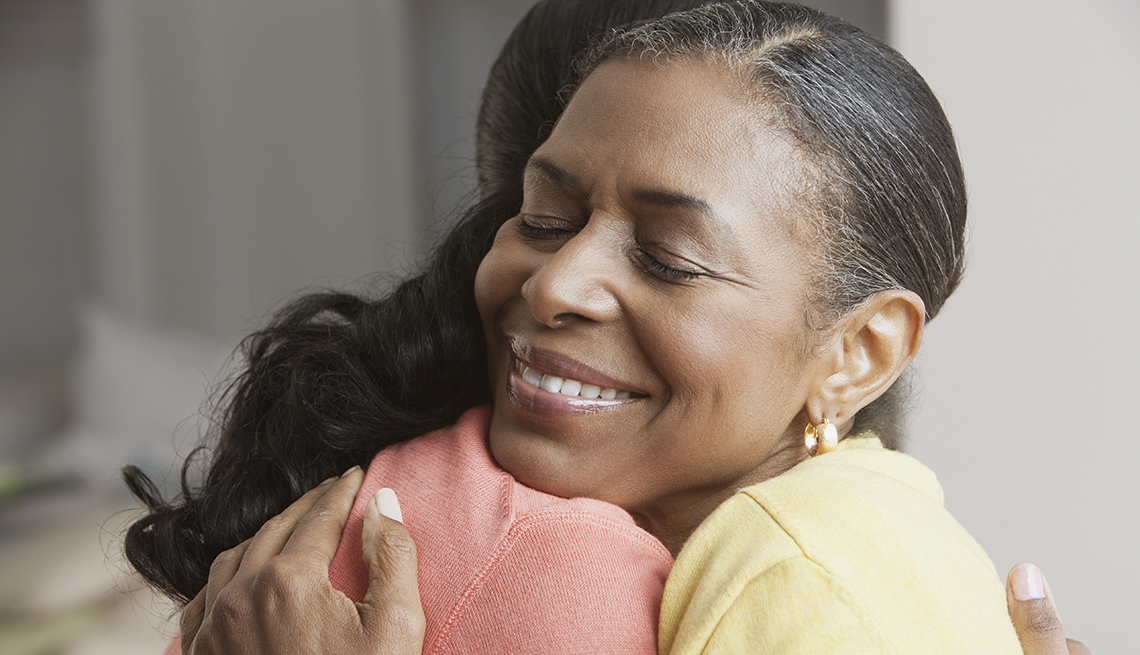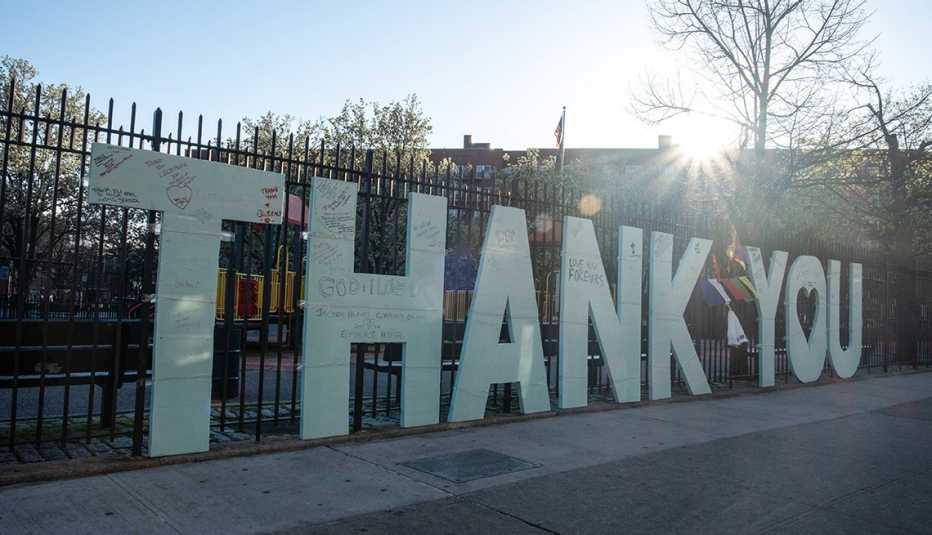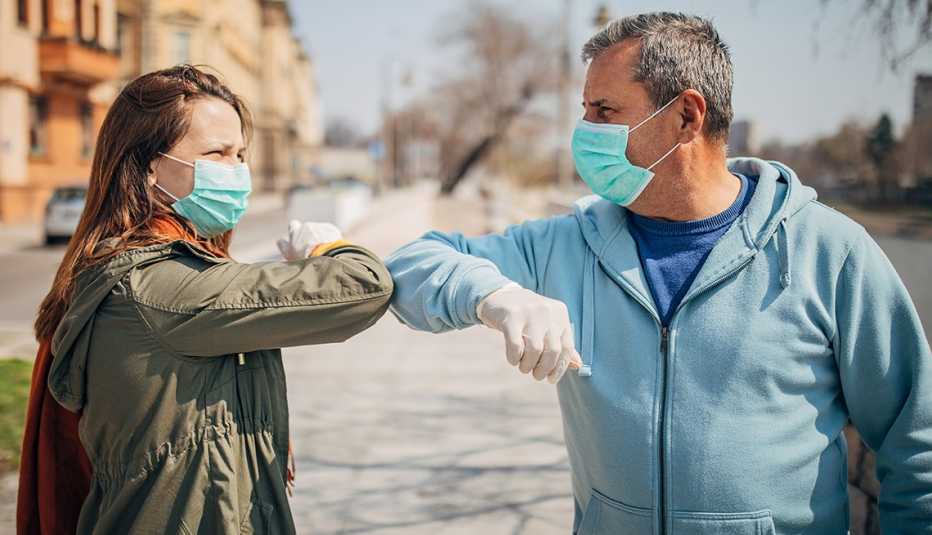Staying Fit
Sequestering indoors has tested the resilience and patience of many, but this slowed-down period of unplanned days has also created more opportunity for people to take stock of what they have to be thankful for.
Board-certified health coach Noelle Creamer of Scottsdale, Arizona, has been doing just that; she and her family drop daily gratitude messages into a jar and read them aloud to one another at the end of each week. She also believes that gratitude is an effective way for her clients to combat stress, anxiety and other difficult emotions.


AARP Membership— $12 for your first year when you sign up for Automatic Renewal
Get instant access to members-only products and hundreds of discounts, a free second membership, and a subscription to AARP the Magazine.
"Small daily rituals make people more grateful by putting things into perspective and helping them focus on things they are thankful for, rather than things they can't control,” Creamer says. “It's very hard to be stressed and grateful at the same time.”
Here, six more simple and reaffirming ways to show appreciation for others and yourself — ideas to fill your days with an attitude of gratitude.
Use your gift to spread joy
Before the COVID-19 outbreak, Los Angeles–based photographer Innis Casey made his living documenting humanity's one-of-a-kind moments, such as weddings, bar/bat mitzvahs and graduations. But when social distancing measures hit pause on gatherings, he took his talent to his neighbors, asking permission to snap quarantine portraits, or “quartraits” as he calls them, for free. He says he has shot more than 100 since mid-March and has found new joy in time-capsuling this unique moment in history for families such as Michael Bernstein; his wife, Rachel; and their two daughters.
"The immediate memory in looking at the photo is one of sadness and wistfulness for an era that is over,” Michael says. “But as the quarantine has gone on, I think we've come to appreciate that the most important things in life are inside that home with us, and ultimately, we have everything we truly need right there in that picture."





































































